Writing Series - There Are Only Six Story Forms
By Chris Jorgensen
Today marks an entertaining discussion with very little criticism behind it. Yay for us. Today, we are going to start talking about stories. Yes, the thing you thought would be subject number one, and yet here we are sitting at a comfortable number three in the roster. Why is it here and not at the beginning? Well, because the first two might scare off the weak-willed and non-believers perhaps; or because I’m terrible at scheduling and organizing. Whatever the reason might be, it might come as a bit of a surprise to you to know that:
Lesson #3
There are Only 6 Kinds of Stories
You read that right, six. Every story you have ever come across has been one of only six archetypes. “How can that be?” you might ask, as you gaze at your collection of books and wonder that surely this can’t be true, there are so many books. Well, It’s more simple than you may think. What it comes down to are the six different ways in which a story moves through its plot. We have:
#1 Rise
#2 Fall
#3 Fall-Rise
#4 Rise-Fall
#5 Fall-Rise-Fall
#6 Rise-fall-Rise
And that’s it. I know, I told you it was simple. Several researchers have gone through thousands of books, and each fit one of the story forms. Even the great American author Kurt Vonnegut explored this concept and released his list of story design. He mentions this idea in his autobiography and in a short lecture.
But what is a story form? Let’s take a look.
Our first archetype is the “Rise” story. There is a constant rise to the story, and things go from either bad or good, to better and it never really goes wrong again. This is typically called the “rags to riches” story. Our characters start at the bottom and make their way to the top in some way.
Next, we have the “Fall” — same concept as our first one, just in reverse, the riches to rags. I call this the “tragedy” archetype: Romeo and Juliet; Othello. The stories that go from a high point to worse and worse as you go along. There is no happy ending, and that’s the end of it all.
The “Fall-Rise” is the “man in the hole” story. A character finds himself on the receiving end of lousy fortune only to climb back up again. These sorts of stories are common in Shakespeare’s classic comedies. “All’s well that ends well” as an example.
The “Rise-Fall” is very much the Icarus story. Things are looking great until we find a point where there is a terrible consequence, and everything comes crashing down. I like to call these the “Morality” stories, or the Fables. These are the stories that are designed to teach a lesson that we should learn from the story rather than from real-life experience.
“Fall-Rise-Fall” Is often called the Oedipus story. It begins with a fall, then a rise back to power or control, and ends with a final fall. I don’t see these stories often; however, these stories are making a comeback in the modern fantasy genre. The First Law trilogy is an excellent example of this archetype.
Lastly, we have the “Rise-Fall-Rise” story, as I call it, the Fairy tale story. Think of your Cinderella’s, your classic Fairy tale types that always have a bit of a low note that slowly builds until something throws a huge problem into the mix. Then there is the happily ever after scenario that ties it all back together again. I see this as the most common of the archetypes, as it is easy to draw a reader in early, build a conflict around the middle and end with a big bang.
Now, let’s make it clear that many stories do not follow the perfect curve and graph every time. There are many cases where stories, especially in modern ones, go through a constant shift between rising and falling actions, but no matter happens, they stick to one of our fancy story categories. Think, boy starts with nothing, finds out he’s a wizard, and eventually wins the day. In the broad scope of things, that’s the story.
